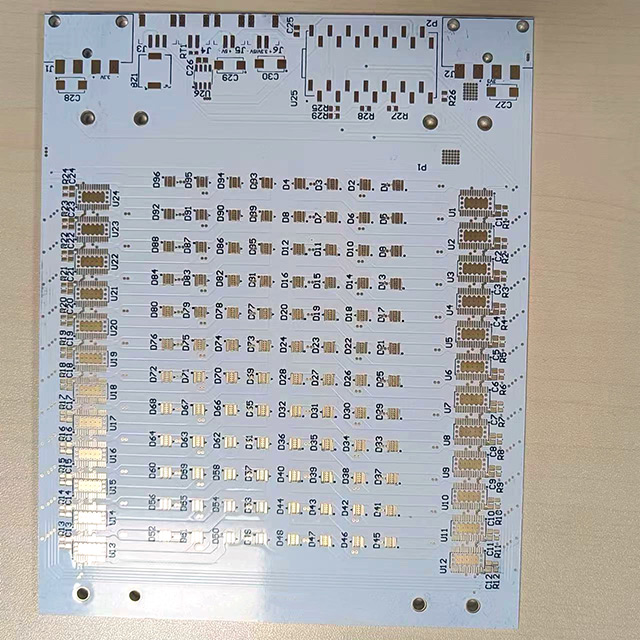Excellent question, I love the way you're thinking outside the box.In that case, if it's not adjustable, we can discount that as the cause of the problem.
Are there tensioners on both runs of the chain from the crank sprocket to the cams? If so, do they both appear to be doing their job? One deflecting the chain more than it should, at the expense of the other, will affect the cam timing.
There is what I would call 'aligner' and one tensioner.
When looking at the front of the engine, it rotates CW (Clockwise).
The exhaust camshaft (with sensor) is on the left and the chain runs in a perfectly straight line down to the crankshaft.
This tensions the chain over both crankshafts and the crankshaft, ensuring no tensioner is required to 'time' them.
The tensioner is on the slack (return) side between the crankshaft and inlet camshaft.











